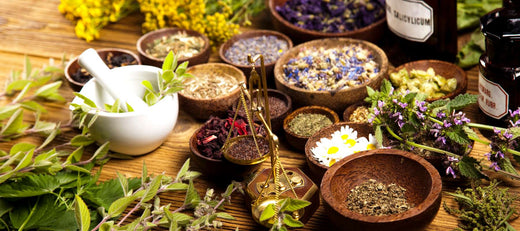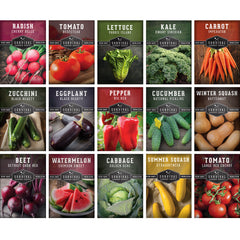In the world of gardening, there is one simple yet often overlooked practice that can make all the difference in achieving a thriving and fruitful harvest: covering the soil. Whether you have a small vegetable patch in your backyard or a sprawling farm, keeping the soil protected and nourished is paramount to its health and productivity. It can also save you a lot of money that you won't have to spend on fertilizer and pesticides. Let's look at the significance of covering the soil and explore how this practice can enhance organic matter, prevent erosion, improve water infiltration, maintain optimal soil temperatures, and ultimately lead to bountiful yields.

How To Cover Your Soil
When we talk about covering the soil, we are talking about adding a layer of vegetation on top of the soil. This vegetation can come from living plants or dead. Dead plant matter is often called mulch and can come in the form of compost, peat moss, wood chips, pine needles, hay, or manure.
Living plant matter often comes in the form of cover crops. Cover crops are usually planted after the harvest of one crop and left to grow over the winter, then chopped or mashed down before the next planting so that the decaying material can feed the soil. Some popular cover crops include cereal rye, clover, oats, or hairy vetch.
You may have heard the term "Chop-and-Drop" gardening. This is another method of providing nutrients to your garden by "chopping" your plants at the end of the season and leaving them right in the garden. You will want to make sure not to chop and leave any diseased or insect-infested plant debris in your garden. You’ll also want to chop your plants before they have gone to seed to prevent volunteers.

Another ancient method of covering the soil is companion planting. The Native Americans planted corn, beans, and squash together. You may have heard this called the “Three Sisters”. Corn demands a lot of nutrients from the soil that the beans provide. The beans use the corn as a natural trellis while the squash plant covers the soil, helping to prevent erosion and retain moisture.
Why You Should Cover Your Soil
- To feed soil microbes - Most fungi and bacteria that exist in soil are beneficial to crops. These microbes feed on the carbohydrates provided by plant matter. In return, they will trade other nutrients like nitrogen and phosphorus to the plant roots. Without healthy microbes, you would be forced to rely on fertilizer to achieve a good harvest.
- Prevent soil erosion - Covering soil helps to prevent soil loss during rain and winter weather.
- Maintain soil temperature - A good layer of mulch will help moderate soil temperatures, keeping the soil warmer in cold weather and cooler in hot weather. This is especially important in helping those soil microbes stay healthy.
- Reducing evaporation - Mulch helps soil maintain moisture reducing the need for irrigation and helping to conserve water where there are limited resources.
How Much Should You Cover Your Soil?
According to Regenerative Farming Expert William DeMille, an ideal thickness for soil cover is somewhere between 1 and 6 inches, with 6 inches being optimal. Depending on the material used as soil cover, you may need to remove some of the soil cover to plant seeds, but with some covers, you can sow your seeds directly. For example, if using something like wood chips, you would want to part the chips from the planting area to sow the seed, and once seedlings reach the height of your mulch cover, you can move the chips to surround the plant. If your mulch is well-processed compost, you can sow the seeds directly in the material.
Just like a blanket protects you when you sleep, a good natural mulch will protect your garden soil health and your harvest. It does this by feeding the natural microbes within the soil, helping to maintain temperature and moisture, and saving you money on fertilizer. Providing your garden with healthy organic soil cover should become a routine part of your gardening process.
Check out William DeMille’s Q&A Session regarding Covering Soil























